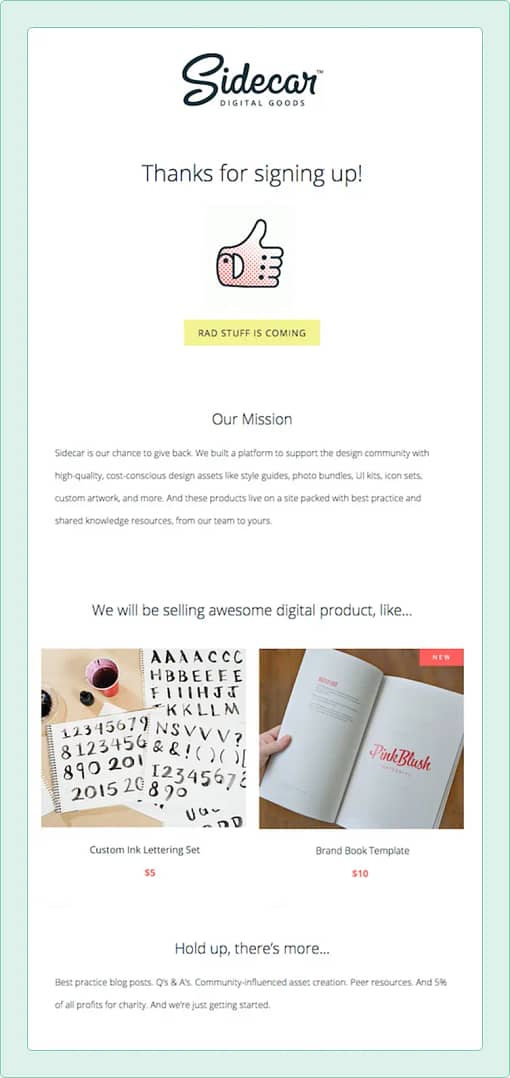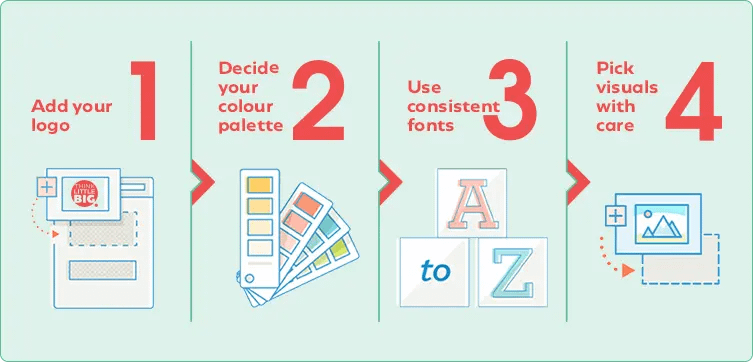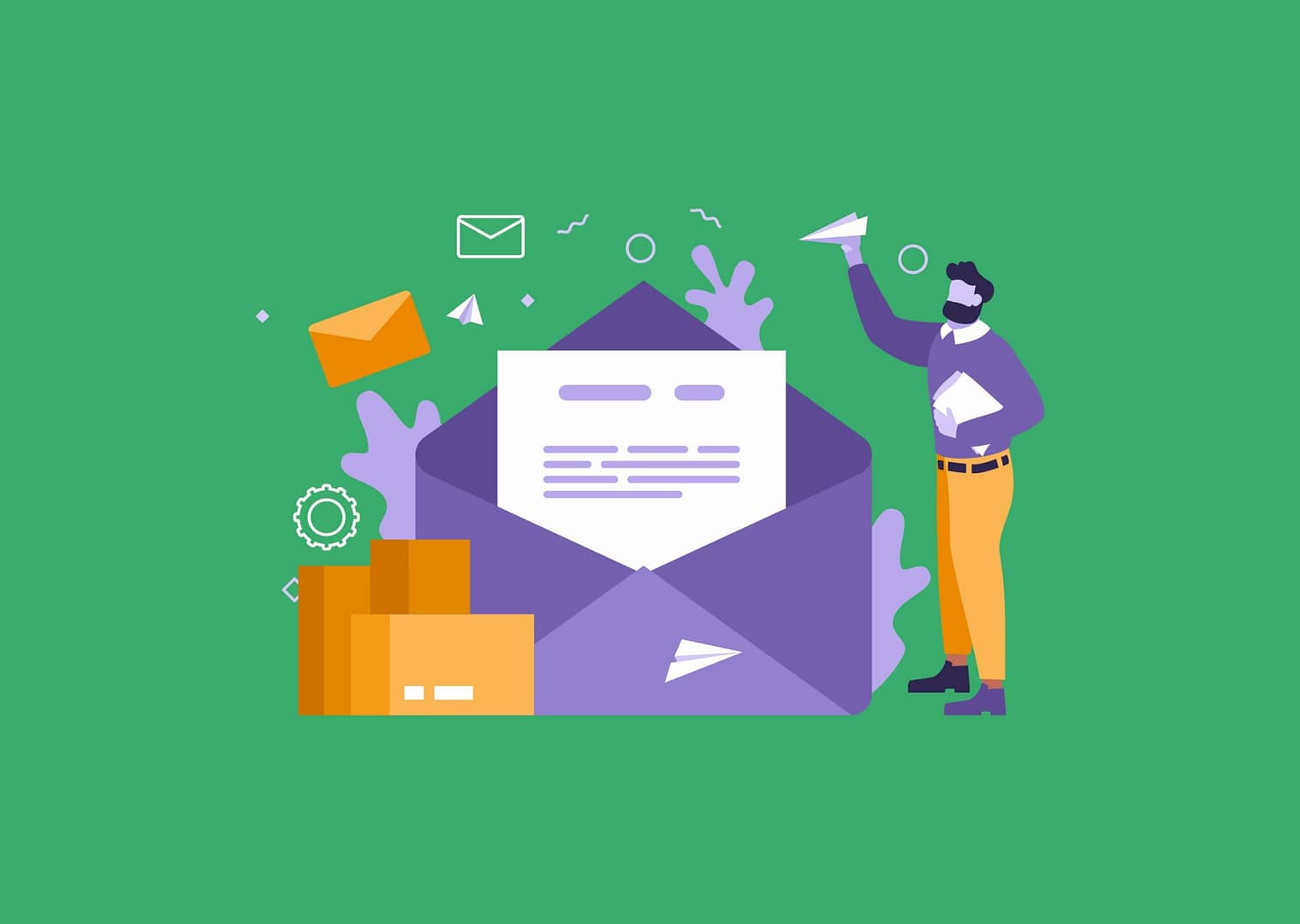In today’s competitive world, having a strong brand identity is what will set you apart from your competition and help you appeal to your audience. Email marketing for brand awareness is one of the most popular and cost-efficient ways of helping your brand stay top of mind of target customers.
According to Crain’s BtoB Magazine, 59% of marketers say email is their most significant source of building trust and ROI, with 59% of consumers accepting that marketing emails influence their purchase decisions. No wonder, 78% of marketers have witnessed an increase in email engagement with their customers over the past year.
But guess what? An email marketing campaign is more than just a tactic to sell products or services. When consumers think of buying something, they rarely think of the actual offerings; instead, they think of the brand.
So, how can you create an email marketing strategy for building brand awareness? This article highlights eight nifty ways of creating a brand identity via email:
1. Send a winning welcome email to new subscribers
Subscribers are the lifeblood of any successful blog, and if your blog does receive subscribers, you can’t just sit on it. It would help if you expressed how glad you are that they have chosen to subscribe to your blog. A great welcome email can help you do so!
It is the equivalent of a sincere and friendly handshake, creates an excellent first impression and helps your target customers feel more comfortable with you. Use this email to give them an overview of how you can solve their problems, what your website offers and how they can contact you.

Sidecar, an e-retail tech company, does a fantastic job thanking new blog subscribers and gives a sneak peek into what the latter can expect from the brand. In many cases, your welcome email is the first contact that a consumer will have with your brand. Make sure it is a good experience for them.
2. Use consistent brand identity guidelines
Having brand identity guidelines for your email design is extremely important. Not only does it make things easier for your design team, but it also makes you more memorable as a brand. Decide on the kind of colour palette, fonts, logos and layouts you will be using based on the type of brand identity you want to portray for your business via email.

Some businesses might want a more minimalistic look, while others might go for more quirky looks. With the guidelines in place, you can switch things up from time-to-time for any seasonal email marketing campaigns you want to run. Above all, be sure to display your email content in a manner that stands out without being overwhelming.
3. Have similar guidelines for the tone of voice
Creating a brand identity is not limited to design guidelines. How you phrase the content of your emails is also important. Your target customers will be more comfortable around you if there is a tone of voice they can associate you with.
Therefore, your marketing team should consider various factors while drafting an email, such as the arrangement of specific words, how they sound when read, the kind of vocabulary you use and the length of your sentences.
Again, be sure not to put too much content into any email and to structure it so that it sticks to your format guidelines and creates a pleasing effect in combination with the visual component of the email.
4. Use a clear call-to-action (CTA) copy
Email marketing for brand awareness is mainly for getting target customers to visit your company website. However, it is also about guiding customers through their journey with you by giving them clear directions.
Use your brand identity and tone guidelines to present target customers with information, show them why they should take a particular course of action (e.g. sign up for a webinar, download a resource) and then give them a compelling CTA.

As shown above, 22 Days Nutrition implements a colourful design with a white CTA button. The visual representation quickly draws the recipient’s eye.
5. Have a consistent email schedule
Consistency is a positive trait, no matter what industry you are in. Being consistent is an excellent way of creating brand awareness through email marketing that allows consumers to ease your emails into their routine and take your business more seriously.
Decide how often you want to share emails – once or twice a week is an excellent place to start. To switch things up, you can consider sending different types of emails in your schedule. For instance, you could share a general newsletter, promoting your blog section, on Monday and a case-study type email on Thursday.
6. Include useful freebies
Everyone likes freebies, but only if they add tangible value. Use your emails to share pieces of content that your target customers will find useful. For instance, you could give them a set of presentation templates along with some tips on how to make better presentations.

Include-useful-freebies-email-marketing-for-brand-awareness
Make it easy for them to access the resource, too – either send it as an attachment in the email itself or provide them with a link in the body of the email that they can click on to download it. Don’t just include useful freebies within the emails but enable your recipients to access them easily.
7. Don’t be pushy
Bombarding your target customers with pushy sales emails (of the sort that go “Buy! Buy! Buy!” or “Try us/Hire our services”) is the surest way to get them to unsubscribe. Instead, use emails to provide them with compelling reasons to trust your brand and your products.
The more they trust you, the likelier they are to consider buying from you, and the likelier they are to recommend you to their peers.
8. Make emails a two-way conversation
The importance of building a relationship with your target customers cannot be stressed enough. Let them feel like your emails are a way for them to be closer to your brand, rather than just another sales tactic.
For instance, you can use your welcome email to invite inputs from the recipient on the kinds of things they would like to know more about. You can also request feedback on specific elements of your brand, such as a new website look or a new set of blog posts, and send them thank-you emails when you incorporate the feedback.
Lastly, make sure you have the ‘permission’ to send emails to your target customers. With the implementation of strict anti-spam laws such as GDPR in the UK and Europe, sending unsolicited emails to purchased marketing lists can land your business in trouble.
Therefore, we strongly recommend you follow a double opt-in method to ensure your subscriber is genuinely interested in hearing from you. Make sure you send a confirmation link via email to verify the email address provided by the subscriber.
As per Emarsys, 81% of SMBs still rely on email as their primary customer acquisition channel. If you haven’t dipped your toes in the email marketing pond, now is the time to do so and reap the benefits that come with the email!


